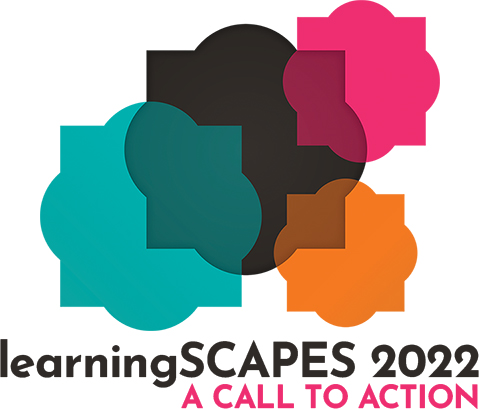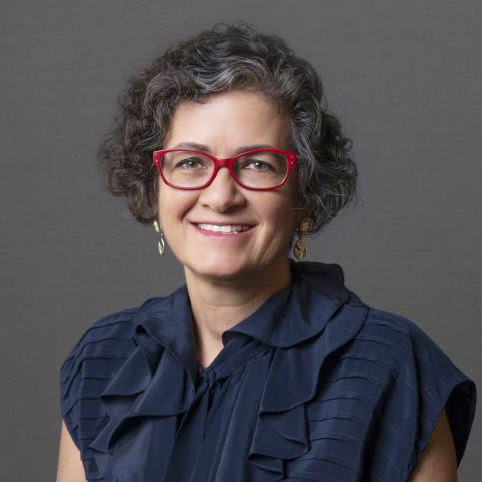 | 1.5 LU / HSW |
 | 1.5 LU / HSW |
We understand what expected behaviors look like when students go outside to play. Those behaviors, place-based equipment, and supervisory/management roles are in place. What is less known is what behaviors, built solutions, and supervisory roles might be introduced when “facilitated learning” opportunities [facilitated learning is curricula-specific teaching] are experienced in nature? Evidence on the impact of being in the natural environment is clear – the correlated impact is highly positive, at times transformative. Questions are raised then for teaching strategies and design fit in this outdoor realm:
We propose a journey mapping “code” purposefully influencing a “re-seeing” of one’s outdoor places [current and/or future] supporting facilitated outdoor learning activities using Universal Design Principles – from small to large spaces. This session addresses opportunities for guided/facilitated learning with corresponding behavioral expectations for all users. You’ll experience working with an intentional vocabulary, behavioral/learning modalities, teaching models and practices, and idea generators addressing context in an outdoor place. This session will have you actively transforming mockups focused on re-seeing beyond the obvious using the journey mapping code. This experience will perhaps influence you to be that guide to help your school ‘foster a sense of community by reflecting those you serve.’
Learning Objectives:
“Dr. Lennie,” [Environment Behavior Psychology and Interior design] is a pioneer in exploring how the design of the built place impacts us as humans – focus on learning places. She was the former chair of two design schools, the founding researcher for Steelcase Learning, highly published in research journals, an author, a frequent speaker, and currently acts as a research consultant/business strategist, and designer for learning spaces. She works to ‘get research off the shelf’ for A/D community. https://independent.academia.edu/LennieScottWebber

Since joining DLR Group in 2000, Todd has become recognized as an award-wining expert in forming spaces enabling student-focused learning that take advantage of new and emerging technologies in the learning process. Passionate about collaborating with educators and students in thinking critically about educational practices, he is adept at identifying what's working at a school, what could be working better, and how spaces and architecture can better support current practices.

Dina is an award-winning educational design leader, speaker, author with notable achievement in health-promoting, eco-driven schools. For nearly 20 years, her passion for collaborative research has influenced design, stewardship, and development of innovative frameworks like the Healthy Eating Design Guidelines and Physical Activity Design Guidelines for School Architecture©. Founder of d.studio, an interdisciplinary design practice, brings sharp focus to the role architecture plays in promoting active, healthy, joyful, equitable opportunities for all learners to thrive.

Mariana has worked with educators around the world to plan and develop school facilities that empower students and reflect their communities. As a planner and designer, she fosters a collaborative, research-driven approach that make sustainability, equity and wellness a core part of the design process. Throughout her career, she has been a passionate advocate for linking design to educational goals, developing active outdoor learning spaces and making students the center of the design process.
https://www.linkedin.com/in/mariana-lavezzo-96999b114/
The built and natural environments have profound impacts on our behaviors both for better and worse. How do we cultivate a sense of place for better? How might the built and natural environments be made to enhance teaching and learning? How might school buildings and grounds foster a sense of community by reflecting those they serve?
Primary Core Competency
Community Engagement: Leads the internal and external communities through a discovery process that articulates and communicates a community-based foundational vision, forming the basis of a plan for the design of the learning environment. The vision is achieved through a combination of rigorous research, group facilitation, strategic conversations, qualitative and quantitative surveys and workshops. Demonstrates the skill to resolve stakeholder issues while embedding a community's unique vision into the vision for its schools.
Learning Units/Health, Safety, Welfare (LU/HSW)
The health, safety and welfare components are addressed in each small group segment as part of the check lists to ensure mock up solutions fit these specific human requirements addressing (1) Universal Design Principles, and (2) Cognitive, Physiological, Psychological, and Emotional needs.